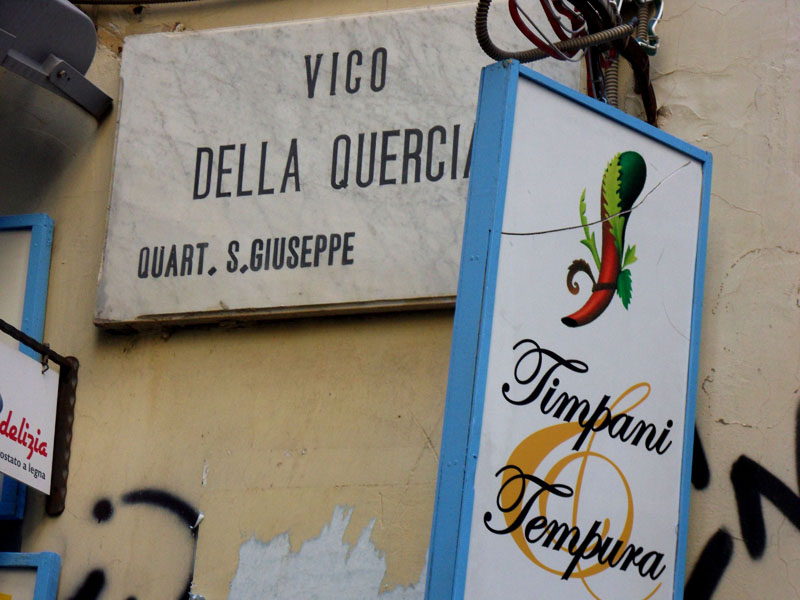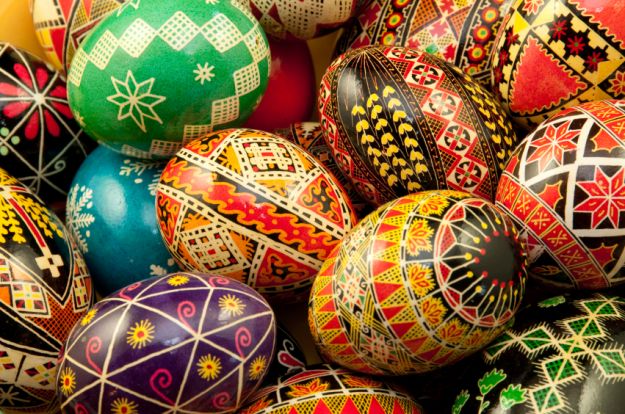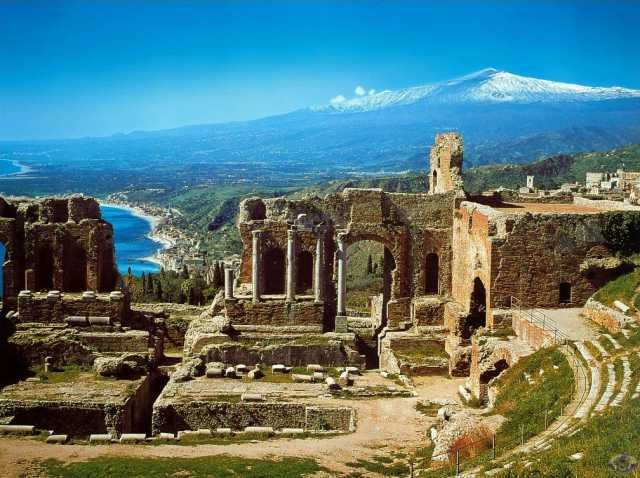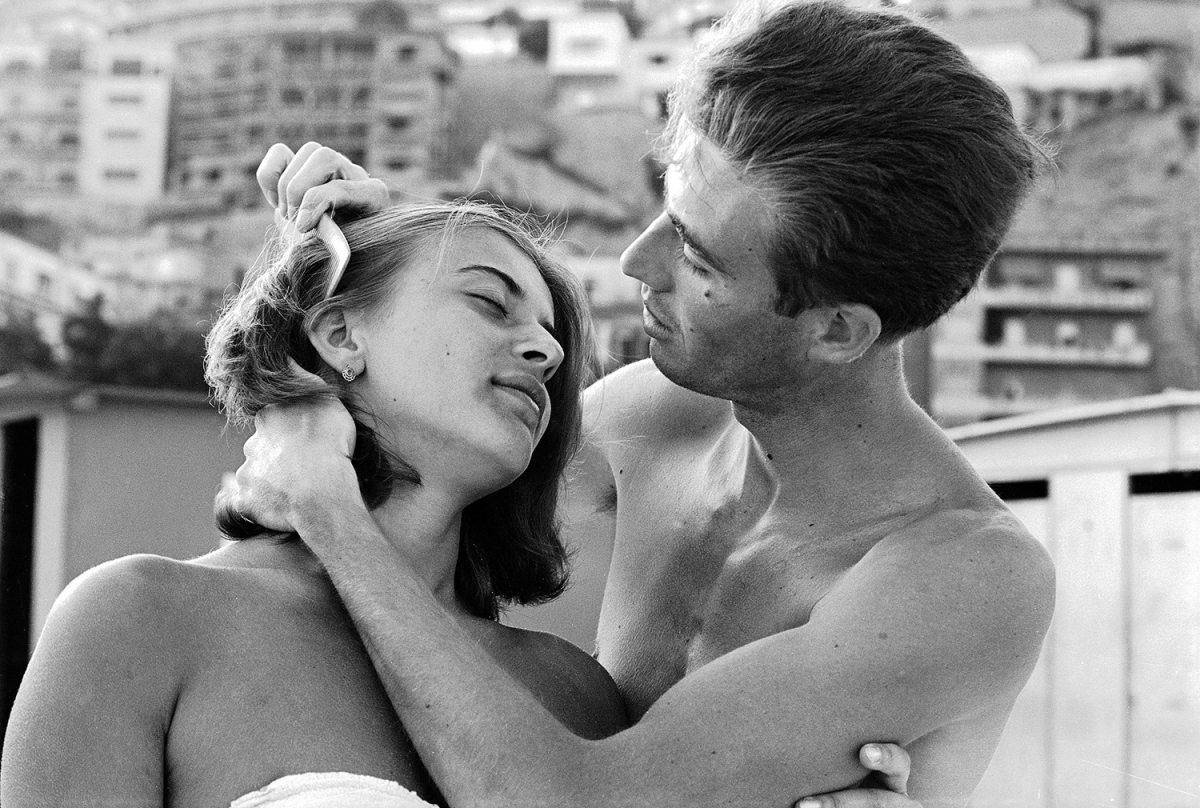29 Apr 2014 The culinary passion of Giacomo Leopardi: when food is poetry
 In Italy you can breathe the poetry even in the alleyways of central Naples: not just the poetry of street life, its smells, its food and its people (which would already be a lot), but also the poetry left by the imprint these places preserve of Giacomo Leopardi, the most celebrated poet (and philosopher) of Italy’s nineteenth century, not to mention one of the most important figures of world literature.
In Italy you can breathe the poetry even in the alleyways of central Naples: not just the poetry of street life, its smells, its food and its people (which would already be a lot), but also the poetry left by the imprint these places preserve of Giacomo Leopardi, the most celebrated poet (and philosopher) of Italy’s nineteenth century, not to mention one of the most important figures of world literature.










